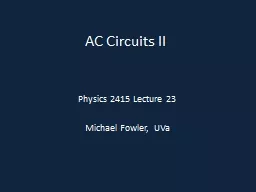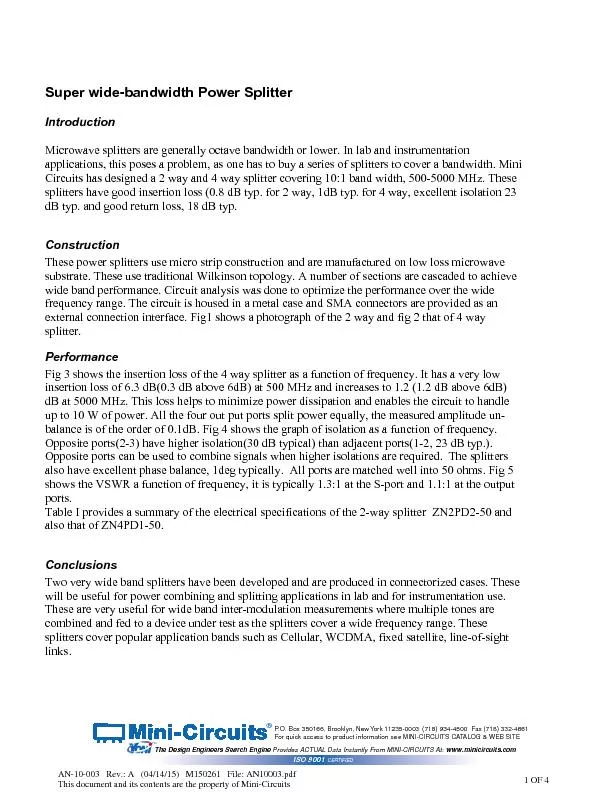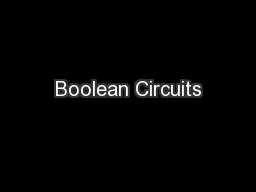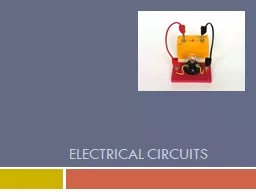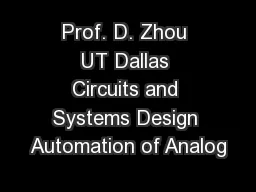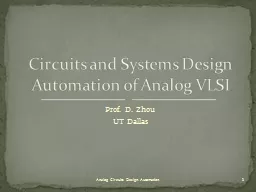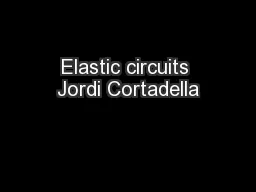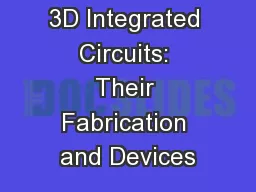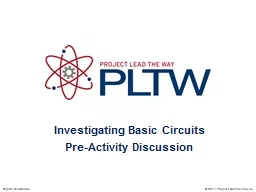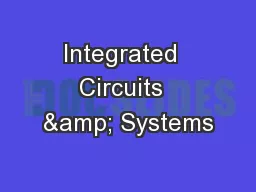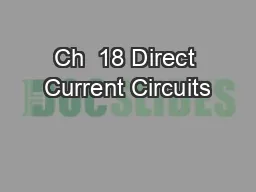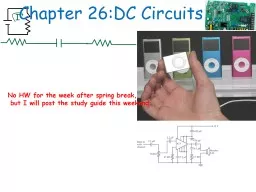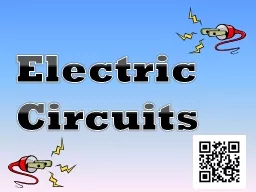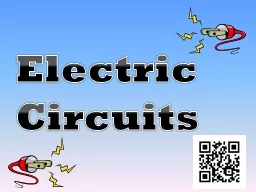PPT-AC Circuits II
Author : lois-ondreau | Published Date : 2016-07-15
Physics 2415 Lecture 23 Michael Fowler UVa Todays Topics Review self and mutual induction LR Circuits LC Circuits Definition of Self Inductance For any shape conductor
Presentation Embed Code
Download Presentation
Download Presentation The PPT/PDF document "AC Circuits II" is the property of its rightful owner. Permission is granted to download and print the materials on this website for personal, non-commercial use only, and to display it on your personal computer provided you do not modify the materials and that you retain all copyright notices contained in the materials. By downloading content from our website, you accept the terms of this agreement.
AC Circuits II: Transcript
Download Rules Of Document
"AC Circuits II"The content belongs to its owner. You may download and print it for personal use, without modification, and keep all copyright notices. By downloading, you agree to these terms.
Related Documents

